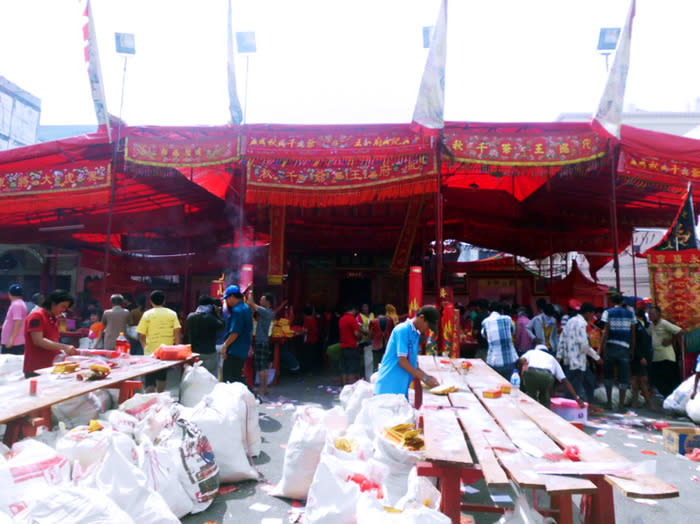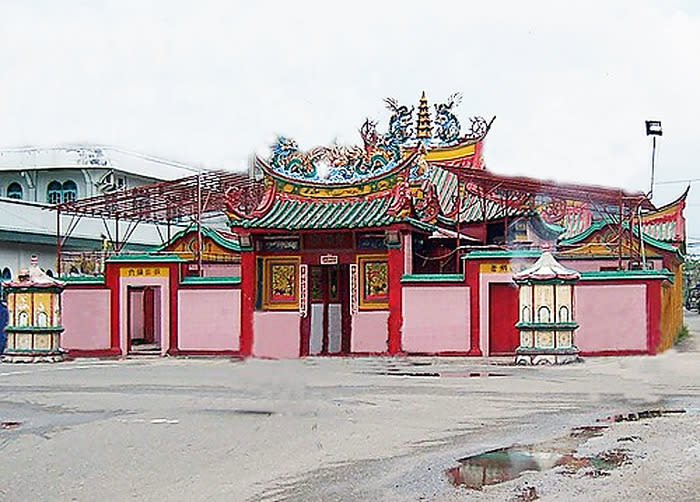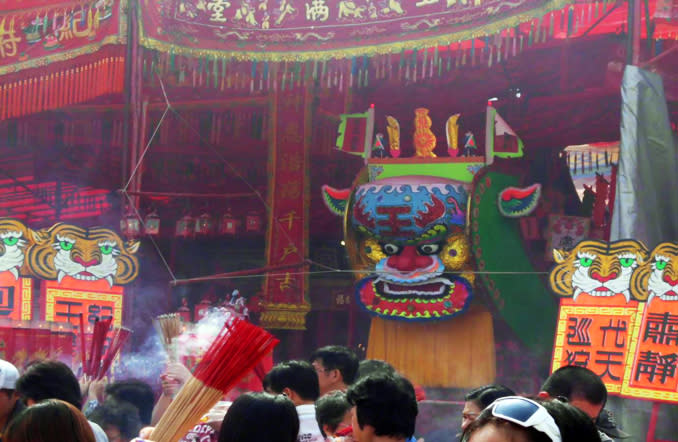Ing Hok Kiong: A silent witness to Bagansiapiapi's history
Located in the predominantly-Muslim Rokan Hilir regency in Riau province, Bagansiapiapi’s local culture stands out thanks to its strong Chinese-Indonesian elements.
It was believed to have been established by a group of Chinese immigrants in the early 19th century, and some 90 percent of the town's 7,400-strong population nowadays is Chinese-Indonesian.
This explains the many buildings sporting Chinese architectural styles in Bagansiapiapi, which is located on the northeastern shore of Sumatra, some 350 kilometers from Riau's capital, Pekanbaru.
There are more than 100 temples in the town, affiliated either with Buddhists or the disciples of a traditional Chinese belief locally known as Tridharma, which is based on Buddhism, Taoism, and Confucianism.
There are two kinds of temples in Bagansiapiapi: communal ones that are open to the public and personal ones belonging only to a certain group or family.
One of them, the Ing Hok Kiong temple, has stood for more than a century and is the main site for the annual Bakar Tongkang festival.
It has thus served as a silent witness of Bagansiapiapi's history.
According to local stories, the township of Bagansiapiapi was established by a group of Chinese sailors in 1826.
They had been lost at sea for days before finally reaching the shores of Sumatra.
After discovering that the region promised plentiful fish to catch, the sailors decided to make the shores their new home.
They symbolized their determination to do so by burning their wooden ships.
This became the story behind the annual festival held there called Bakar Tongkang, which literally means “boat burning”.
After years of settling on the shores, the Chinese population in the area began to grow – with many of the original sailors inviting their relatives and friends back home to join them.
The citizens then decided to build a house of worship, which they named the Ing Hok Kiong temple.
Locals say that the temple was built to glorify the deities Kie Ong Ya and Tai Sun, as they believe that it is these two deities who helped the Chinese sailors find the shores of Bagansiapiapi at the end of their lengthy seafaring journey.
Until today, the temple still houses two giant statues depicting the two gods.
The Bakar Tongkang festival is also held to honor Kie Ong Ya and Tai Sun.
During the festival, thousands of pilgrims visit the Ing Hok Kiong temple to pray for a better future.
The temple has become increasingly popular in recent years, especially after the Bakar Tongkang festival was included in the government's national tourism calendar in 2008.
Read also:
The fiery 'Bakar Tongkang' festival of Bagansiapiapi
Riau tribe stays true to the sea





